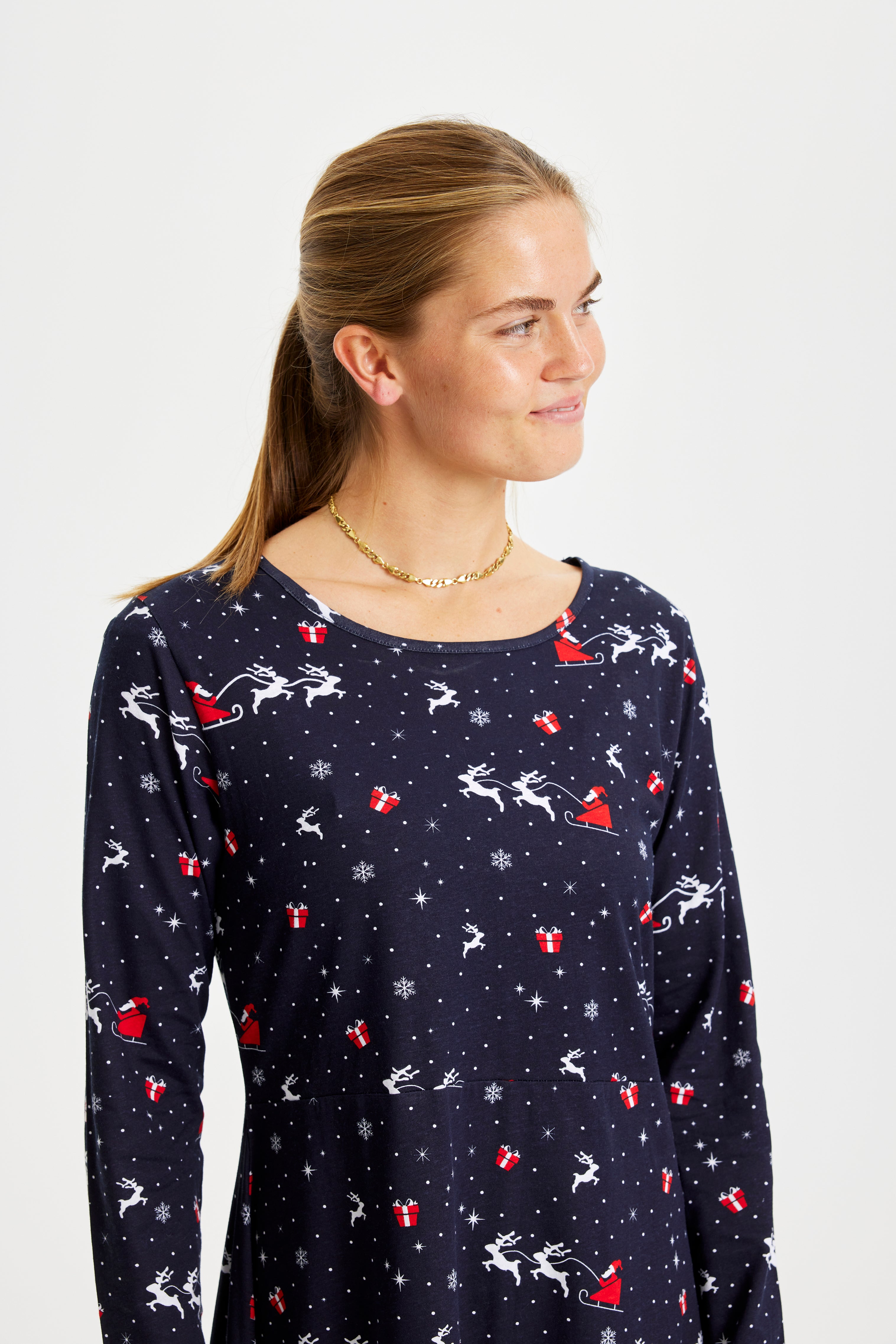1 November 2025
Non traditional Christmas dinner ideas for small households

Small households often choose a non traditional Christmas dinner to avoid waste, respect dietary choices or simply enjoy a lighter, internationally inspired meal. If you live alone or with one other person, the goal can be a festive plate that matches your appetite and time, not a large roast that leaves half the bird untouched. Practicality meets celebration when mains are scaled down, flavours stay bold and sides bring freshness rather than heaviness.
Who this guide is for
This first part speaks directly to singles, couples and households of two, to people avoiding pork or duck, and to vegetarians and vegans who still want a centrepiece that feels special. It also targets anyone who prefers a contemporary or international table instead of a traditional multi‑course feast.
What a non traditional christmas dinner means here
Think vegetarian and vegan mains that stand alone, single servings of meat such as a pan seared breast, international fusion dishes and modern green sides that complement without overpowering. Simplified formats can include individual loaves, roulades or plated menus where one main pairs with one or two sides to keep effort and leftovers low.
What follows in this article
Later sections offer concrete ideas for vegetarian and small portion meat mains, international options and fresh sides, plus practical meal plans and timing to make a relaxed evening possible. You will find sample menus for one person and for two, tips for making components ahead and a short FAQ to answer common questions about scaling and storage. If you want a relaxed photo moment or a playful touch at the table, consider pairing the meal with a festive Christmas sweater or a playful ugly christmas sweater for laughs. For a greener approach, a sustainable christmas sweater can echo the lighter menu and support a small, thoughtful celebration.
Read on to find compact, flavourful recipes and straightforward planning advice that keep the evening festive and manageable without the usual excess.
Key alternatives and inspiration from leading sources
Sources such as Anna-mad.dk, Julemiddag.dk and Bo Bedre point to a selection of practical and flavourful directions that suit one or two diners. These approaches focus on centrepieces that read as special without requiring a whole bird, sides that brighten rather than weigh down the plate and simple formats that reduce preparation and leftovers.
Vegetarian and vegan mains as full alternatives
Approach A: Typical dishes highlighted: Nut roast, mushroom pâté or single‑serving plant roasts give a sense of ceremony while keeping preparation manageable for a small household. The aim is to recreate familiar festive notes like roasted herbs, caramelized vegetables and a rich sauce without animal products. Serve these with one robust side and a bright element such as citrus or toasted nuts to balance texture and flavour.
Adaptations for small households
Approach B: Recommendations for portioning: Choose individual cuts or single portions instead of whole roasts. Examples include pan‑seared duck breast or turkey breast slices, stuffed chicken roulades cooked as one portion per person, and small individual nut loaves. Practically, plating one defined main with one or two sides keeps cooking simple and limits leftovers.
International inspiration
Approach C: Examples to freshen the menu: English‑style turkey breast roulade with sage stuffing, Asian‑inspired glazed duck breast served on noodles, or Mediterranean roasted vegetable mains with herbs and olives. These dishes bring familiar holiday notes into new formats and appeal to households who prefer a lighter or globally influenced evening.
Modern, fresher and greener sides
Approach D: Frequent side ideas: Kale and citrus salads with toasted nuts, warm grain salads such as quinoa or farro, quick sautéed red cabbage with a light sweet element, and roasted baby roots tossed in warming spices. These sides are designed to complement a centrepiece without heavy creams or multiple rich sauces, and many reheat well for next‑day lunches.
Practical meal planning for small households
Approach E: Make‑ahead and scaling tips: Prepare spreads, dressings and braised vegetables in advance and choose mains that portion well. Single‑serving nut loaves, stuffed breasts and plant roasts that can be cooked in small ovens or on the stove help keep effort low. Leftovers can be repurposed into salads, sandwiches or quick bowls to avoid waste.
Concrete examples mapped to household size
- Vegetarian centrepiece for 1–2 people: Individual nut loaf or mushroom filo parcels paired with a warm grain salad and glazed carrots.
- Small‑portion meat options for 1–2 people: Pan‑seared duck breast or a turkey breast roulade with sautéed red cabbage and roasted baby potatoes.
- International mains for 1–2 people: Herb‑stuffed turkey breast slices or Asian glazed duck with noodles and a citrus salad.
Quick checklist for choosing dishes
- Pick one main per person rather than a whole roast.
- Select sides that reheat well and share flavour elements between dishes to limit ingredients.
- Make sauces, pâtés and dressings the day before to shorten cooking time on the day.
If you want a light, convivial atmosphere while keeping the evening informal, add a playful touch such as a funny christmas sweater or a 3d christmas jumper for a relaxed photo moment. These small details can make the meal feel special without adding work in the kitchen.
Sources referenced for these practical directions include Anna‑mad.dk, Julemiddag.dk and Bo Bedre, which all showcase a mix of vegetarian centrepieces, scaled portions and fresher side ideas that fit small households.
Christmas menus for small households
The evening should feel like a celebration, even when the table is set for one or two. Imagine the scent of pine from a small table sprig, the smell of baking mingling with warm spices and the soft hum of Christmas music in the background. Below are three compact menus that bring seasonal flavours, easy planning and a friendly atmosphere where you can slip into a cosy christmas sweater or comfortable pajamas while you cook and enjoy the night.
Menu A — Single person, low effort
Starter: Warm spiced butternut soup, served in a small bowl to keep things intimate.
Main: Pan seared turkey breast slice with quick kale sauté and roasted baby potatoes. The turkey gets a brief, caramelized crust for aroma and colour.
Dessert: Individual rice porridge with pear and a light touch of cinnamon.
Prep note: Components cook in one or two pans. The evening stays relaxed and there are minimal leftovers to manage.
Menu B — Couple, balanced festivity
Starter: Small sharing platter with nut pâté and marinated roasted vegetables. The platter invites conversation and the gentle crackle of a candle makes the moment feel special.
Main: Stuffed chicken breast roulades, one each, served with a warm quinoa salad and sautéed red cabbage with a hint of orange zest.
Dessert: Baked apples with spiced crumble, served warm and fragrant.
Prep note: One oven dish plus two quick stovetop sides. Many elements can be prepped earlier in the day so the evening unfolds without rush.
Menu C — Vegetarian or vegan couple, green and festive
Starter: Roasted beet and orange salad with toasted nuts, offering bright citrus and earthy beet notes.
Main: Individual nut loaves or mushroom wellingtons with maple glazed root vegetables and a kale‑apple salad for crisp contrast.
Dessert: Poached pears with oat crumble, warm and comforting.
Prep note: Sauces, dressings and some salads can be made the day before. The kitchen smells of caramel and toasted nuts as everything comes together.
Practical shopping and preparation checklist
- Scale recipes to the number of diners; choose individual portions when possible to avoid waste.
- Make ahead: pâtés, dressings, braised cabbage and dessert bases keep well refrigerated.
- Time savers: pick sides that reheat well, roast vegetables at higher heat to shorten oven time and reuse flavour elements across dishes.
- Waste minimising: plan next‑day lunches from leftovers, freeze excess in single portions and buy fresh herbs in small amounts.
Cooking timeline for two
Day Before: Prepare spreads, dressings and any braised vegetables. Make dessert bases so flavours can settle.
Morning Of: Slow components such as braised cabbage or roasted root veg can go in the oven. The house fills with the scent of roasting and warm spice.
Two Hours Before: Start the oven protein or begin pan searing. Toss salads and assemble sides that need brief cooking.
Final 15–30 Minutes: Reheat make‑ahead elements, dress salads and rest meats or plant roasts so juices settle. Plate with care and enjoy the warmth from your favourite knit.
Make ahead and storage specifics
Components that keep well overnight include pâtés, dressings, braised vegetables and many sauces. Items that are best fresh are crispy roasted potatoes and pan seared breasts since they rely on immediate crispness. General guidance: refrigerate cooked food within two hours and consume within two to three days, or freeze single portions for longer storage.
Frequently asked questions
Can a non traditional Christmas dinner still feel festive?
Yes. Use traditional flavours such as caramelized onions, warm spices, nuts and citrus alongside special presentation. A candle, a small sprig of pine and the right soundtrack make a lighter menu feel celebratory.
How do I scale recipes down for one or two people?
Choose single portions like breasts, small loaves or stuffed roulades. Halve or quarter larger recipes and freeze extras in meal‑size portions for later.
Are vegetarian or vegan mains satisfying as a centrepiece?
They can be. Nut loaves, mushroom dishes and well seasoned plant roasts deliver richness when paired with robust sides, a good sauce and varied textures.
What should I make ahead and what is best fresh?
Make ahead: spreads, dressings, braised veg and sauces. Cook fresh: anything that depends on crispness such as roast potatoes or pan seared breasts.
Also view
1 November 2025
A single global holiday with many local faces. Christmas is observed across continents, yet dates, rituals and atmosphere change from ...



































